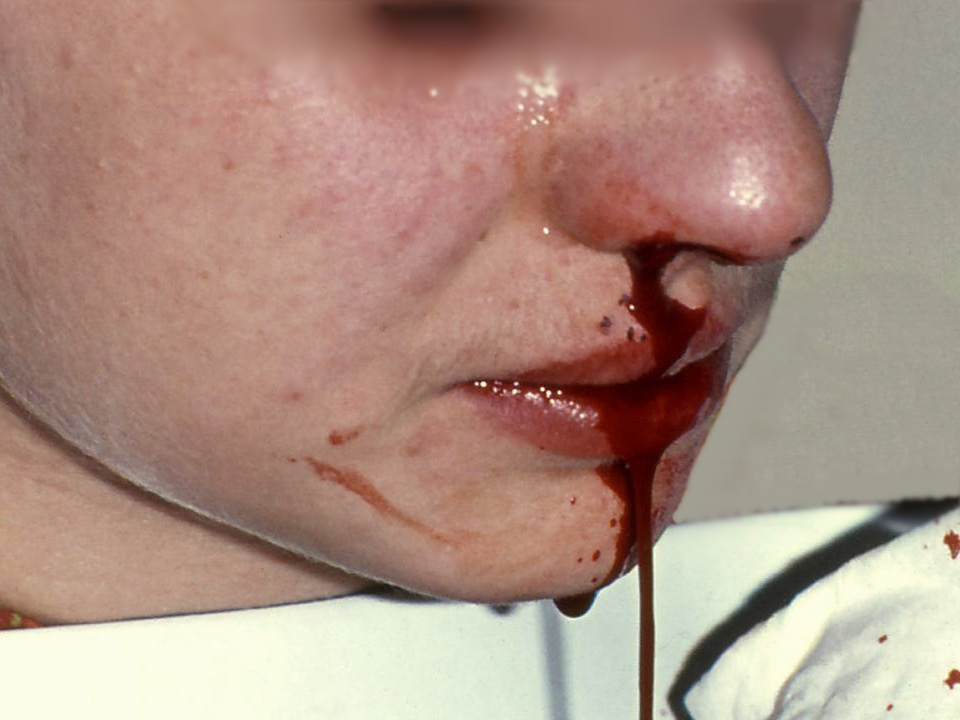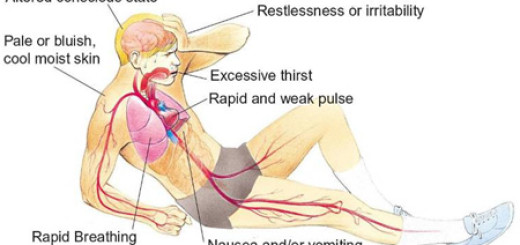First Aid For Thermal Contact Burns: 4 Treatment Tips
Have you ever gotten burned by a hot pan or iron? Those are thermal contact burns, and while they might not be as severe as flame burns, they can still cause significant damage.
Unlike flame burns that happen from direct contact with fire, thermal contact burns occur when you touch something hot such as a pan, curling iron, or even hot pavement.
In situations like these, speedy first aid is essential. The quicker you react, the less damage the burn will cause. This blog post will guide you through the essential steps of treating thermal contact burns.
So, next time you (or someone you know) get a thermal burn, you’ll be prepared to handle it!
1. Assessing the Burn
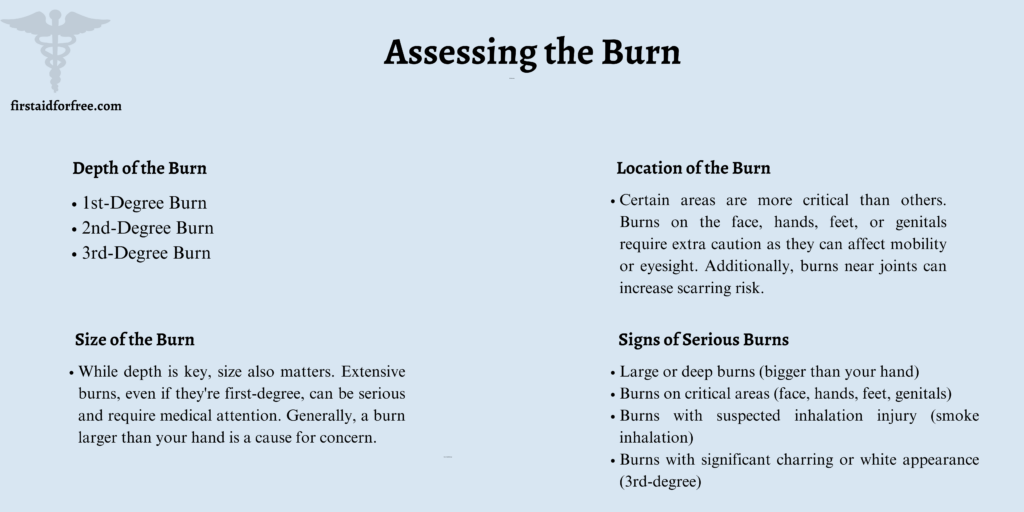
It is crucial to know how bad a burn is for determining the best course of action. Unlike a scraped knee, where the treatment is pretty standard, thermal contact burns can range from mild ouches to serious emergencies.
This is how you should assess a burn and figure out what to do next:
Depth of the Burn: This is the most important factor. Burns are classified by how deeply they affect the skin’s layers.
- 1st-Degree Burn: It’s the most common type. It affects only the top layer of skin (epidermis). Symptoms include redness, pain, and swelling but no blistering.
- 2nd-Degree Burn: This damages both the epidermis and the deeper layer (dermis). It causes redness, pain, blistering, and possible swelling.
- 3rd-Degree Burn: This is the most severe. Destroys both layers of skin and may even reach the underlying tissue. It might appear white or charred, with leathery or numb skin.
Size of the Burn: While depth is key, size also matters. Extensive burns, even if they’re first-degree, can be serious and require medical attention. Generally, a burn larger than your hand is a cause for concern.
Location of the Burn: Certain areas are more critical than others. Burns on the face, hands, feet, or genitals require extra caution as they can affect mobility or eyesight. Additionally, burns near joints can increase scarring risk.
Signs of Serious Burns: Be on the lookout for these red flags that indicate a serious burn and require immediate medical attention:
- Large or deep burns (bigger than your hand)
- Burns on critical areas (face, hands, feet, genitals)
- Burns with suspected inhalation injury (smoke inhalation)
- Burns with significant charring or white appearance (3rd-degree)
Remember, when in doubt, call 911!
2. Cooling the Burn
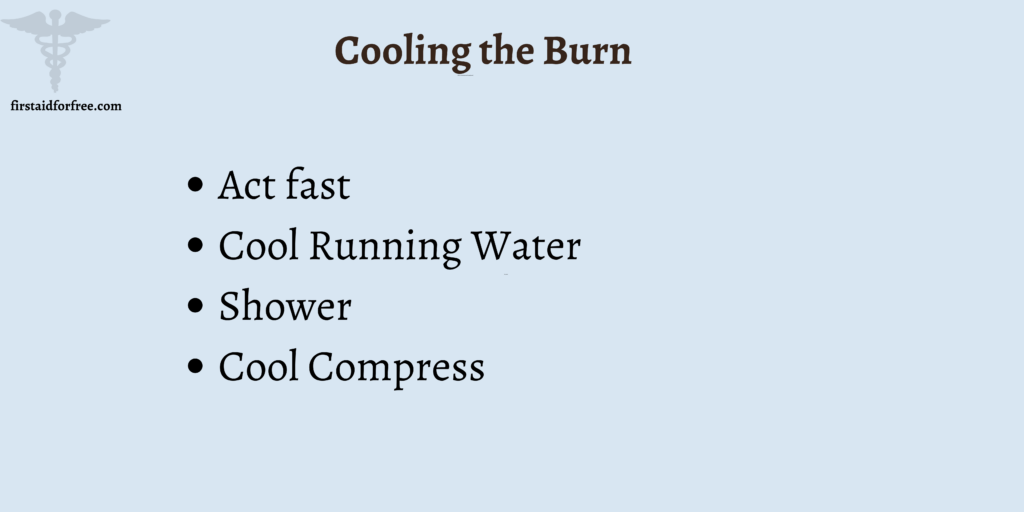
Thermal contact burns transfer heat to your skin, causing tissue damage. The quicker you remove that heat, the less damage the burn will inflict.
- Act fast: The sooner you cool the burn, the less severe the injury will be. Aim to start cooling within the first 10-15 minutes after the burn occurs.
- Cool Running Water: Run cool (not cold!) tap water over the burned area for 10-15 minutes. Cold water can actually damage your skin further.
- Shower: If the burn is large or in a difficult-to-reach area, a cool shower can be a good alternative to running water. Just make sure the water temperature is comfortable, and avoid using harsh soaps or scrubbing the burned area.
- Cool Compress: If running water isn’t readily available, soak a clean cloth in cool water and apply it to the burn for 10-15 minutes. Keep re-wetting the cloth as it gets warm.
Important Don’ts:
- Avoid Ice: While it might seem tempting to use ice directly on the burn, resist the urge! Ice can constrict blood flow and actually worsen the injury.
- Skip the Ointments: Applying ointments, butter, or petroleum jelly to a burn can trap heat and increase the risk of infection.
- Don’t Remove Stuck-on Clothing: If clothing is stuck to the burn, do not pull it off. This could rip the skin further. If the clothing is loosely attached, you can gently remove it. Otherwise, leave it in place and cool the burn with water or compresses around the clothing.
3. Wound Care and Covering
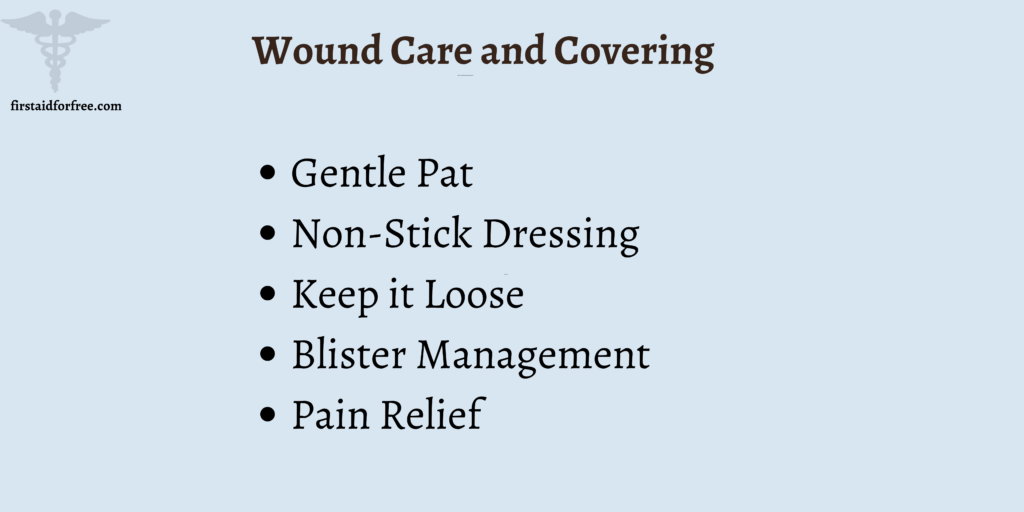
Once you’ve cooled down the burn, it’s time to focus on protecting the wound and promoting healing.
- Gentle Pat: After cooling, gently pat the burned area dry with a clean, lint-free cloth. Avoid rubbing or scrubbing, as this can irritate the delicate wound.
- Non-Stick Dressing: Cover the burn with a sterile, non-stick dressing. This will protect the wound from further irritation and prevent infection. Gauze pads are a good option, but avoid using adhesive bandages directly on the burn, as they can stick and cause further pain when removed.
- Keep it Loose: When applying the dressing, keep it loose. Tight bandages can restrict blood flow and hinder healing. Aim for a comfortable fit that allows some air circulation.
- Blister Management: Leave blisters intact! They act as a natural dressing, protecting the underlying new skin. If a blister pops on its own, gently clean the area with mild soap and water, then cover it with a sterile gauze pad. Avoid popping or peeling blisters, as this increases the risk of infection.
- Pain Relief: Over-the-counter pain relievers like ibuprofen or acetaminophen can help manage the discomfort associated with burns. However, always consult a doctor before administering any medication, especially to children or pregnant women.
Important note: Never apply pain medication directly to the burn itself.
4. Aftercare and Preventing Infection
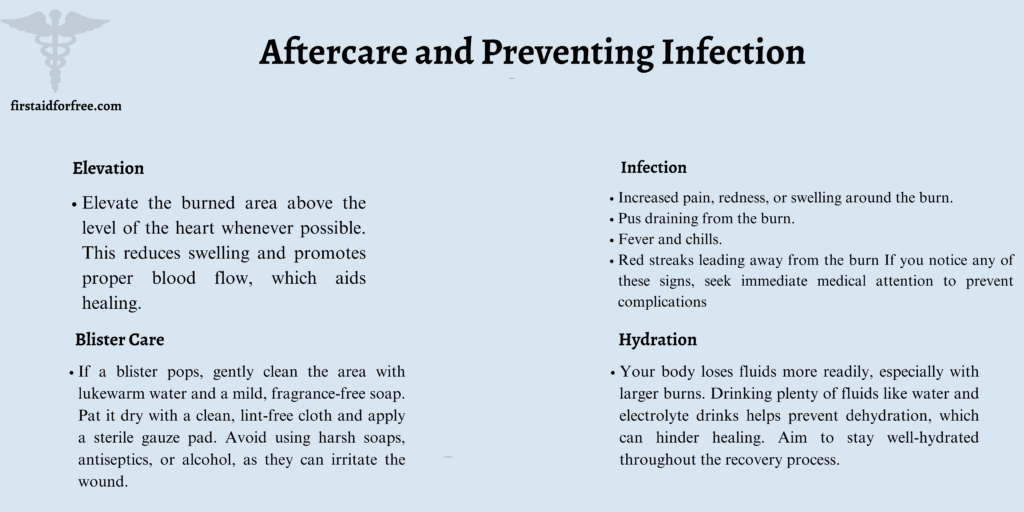
Once you’ve cooled the burn, applied a dressing, and managed the pain, it’s crucial to focus on aftercare to prevent infection and promote optimal healing.
Elevation: Elevate the burned area above the level of the heart whenever possible. This reduces swelling and promotes proper blood flow, which aids healing.
Blister Care: If a blister pops, gently clean the area with lukewarm water and a mild, fragrance-free soap. Pat it dry with a clean, lint-free cloth and apply a sterile gauze pad. Avoid using harsh soaps, antiseptics, or alcohol, as they can irritate the wound.
Infection: Keep a close eye on the burn for any signs of infection, which can include:
- Increased pain, redness, or swelling around the burn
- Pus draining from the burn
- Fever and chills
- Red streaks leading away from the burn If you notice any of these signs, seek immediate medical attention to prevent complications.
Hydration: Your body loses fluids more readily, especially with larger burns. Drinking plenty of fluids like water and electrolyte drinks helps prevent dehydration, which can hinder healing. Aim to stay well-hydrated throughout the recovery process.
Rest and Relaxation: Your body needs energy to heal. Get plenty of rest and avoid strenuous activities that could irritate the burn.
Diet for Healing: A balanced diet rich in fruits, vegetables, and lean protein provides your body with the essential nutrients needed for optimal healing.
FAQs
How can I tell if my burn is serious?
• Serious burns require immediate medical attention.
• Burns larger than your hand
• Burns on the face, hands, feet, or genitals
• Burns with deep charring or white appearance
• Burns with suspected smoke inhalation
• Any burn causing significant pain or concern
Should I put ice on a burn?
No! While it might seem soothing, ice can actually damage the burned tissue further. To cool down the burn, opt for cool running water (not cold) for 10-15 minutes.
Can I pop a blister on a burn?
No way! Blisters act as a natural bandage, protecting the healing skin underneath. If a blister pops on its own, gently clean it with mild soap and water, then cover it with a sterile gauze pad.
Conclusion
Thermal contact burns, while common, can be easily treated with the right knowledge and quick action. Remember, the first moments are crucial. Cool the burn with running water, cover it loosely, and seek medical attention for any serious burns.
Consult your doctor for more in-depth information on burn care and prevention. Stay safe and burn-free!

